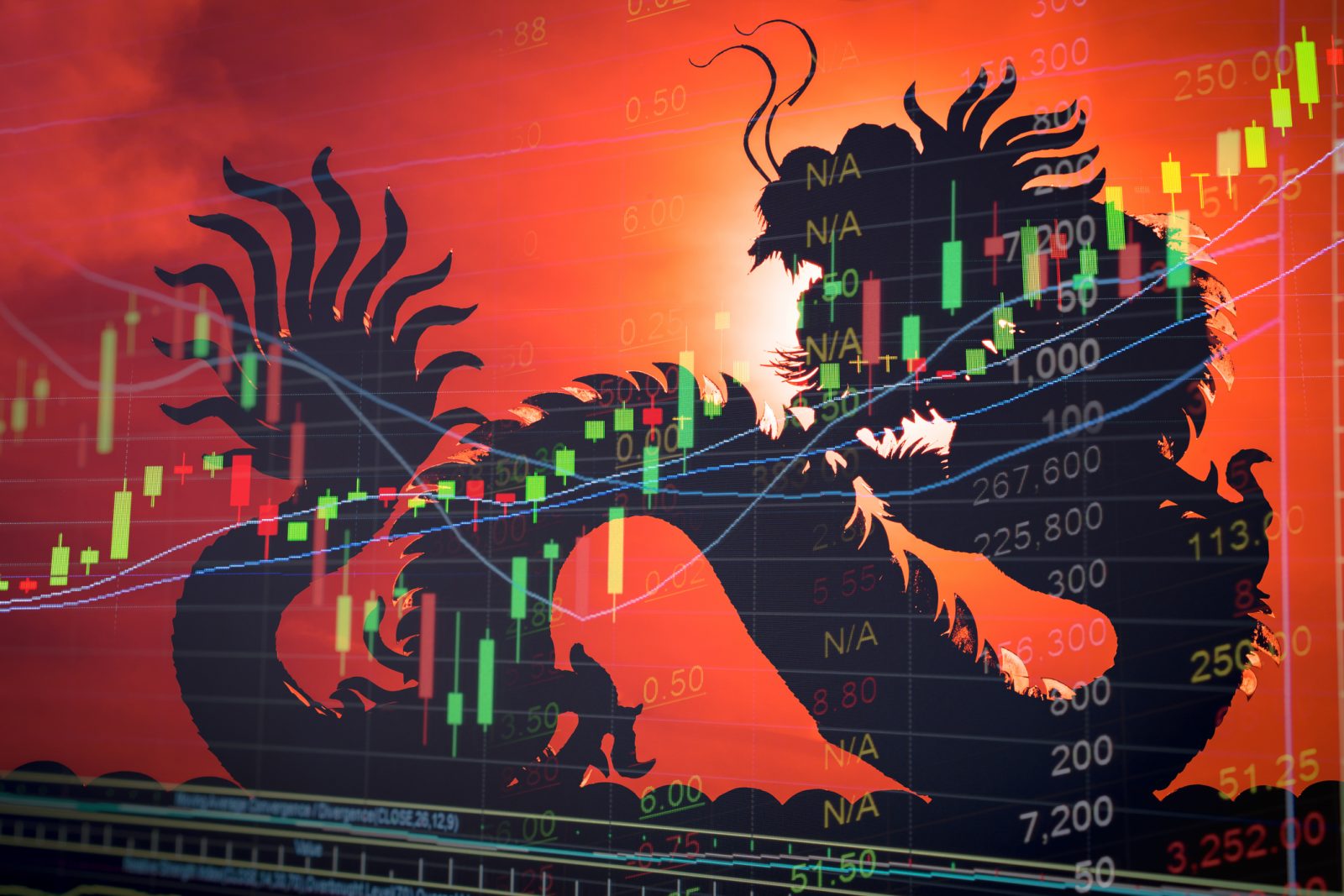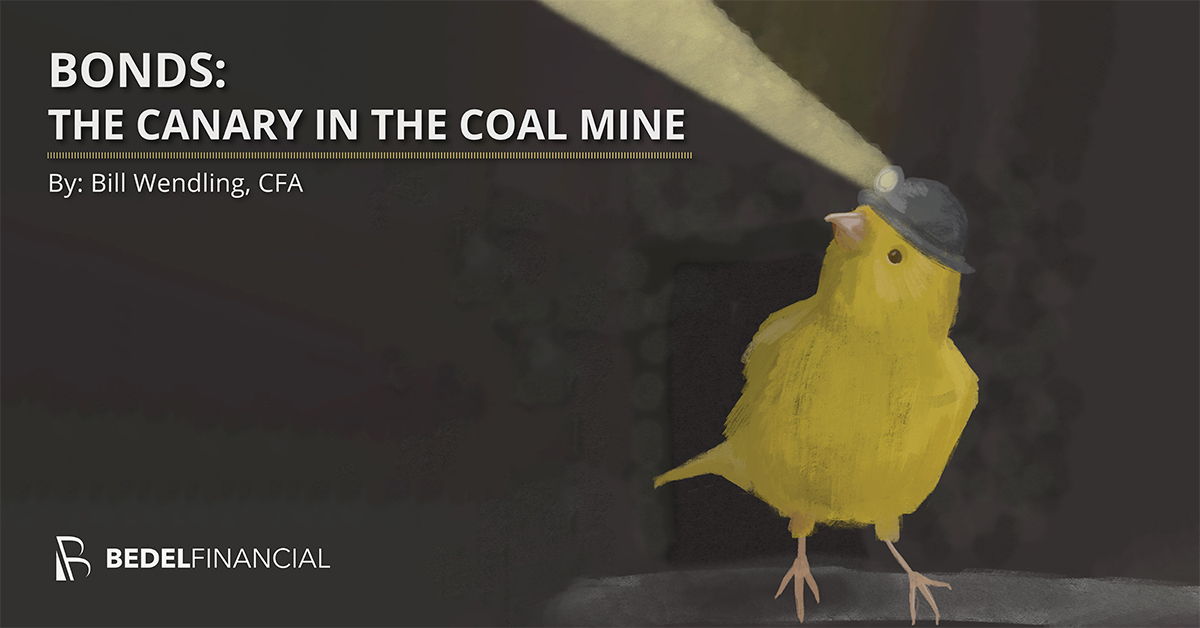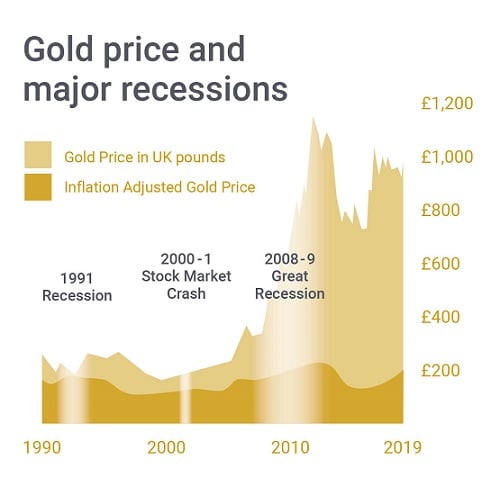Let’s be blunt: the market’s been a roller coaster, and smart money is noticing. We’re seeing a significant surge in bond fund launches by foreign asset managers this year. They aren’t shying away from the volatility; they’re diving in, and frankly, it says a lot about the opportunities they see.

Photo source:asiafinancial.com
Data shows a flurry of new bond funds hitting the market – everything from long-term pure debt plays to primary and secondary market bond funds. Initial subscriptions are looking strong, a clear vote of confidence in these foreign offerings. But why now? And what are they betting on?
Here’s the breakdown. 2025 is shaping up to be a ‘small year’ for sovereign bonds, meaning lower potential gains. However, corporate bonds are stepping into the spotlight, offering increasingly attractive risk-adjusted returns. This shift is key.
Understanding the Bond Landscape: A Quick Primer
Sovereign bonds are issued by governments and generally considered lower risk, though yield is often modest. Corporate bonds, issued by companies, carry higher risk but can offer larger returns.
“Small year” in bond market terminology refers to a year with relatively limited new issuance of government bonds, which tends to suppress potential gains.
Investment strategies focusing on flexible asset allocation between stocks and bonds are becoming vital in navigating this climate.
This isn’t about blindly buying bonds. It’s about agility. Managers who can dynamically adjust their portfolios – shifting between stocks and bonds based on market conditions – are the ones who will truly capitalize on the remaining structural opportunities in the Chinese debt market. Think nimble, not rigid.
This influx of foreign capital isn’t just about short-term gains; it signals a deeper confidence in China’s economic trajectory, despite the current turbulence. It’s a calculated gamble, but one backed by serious analysis and, apparently, substantial capital.





